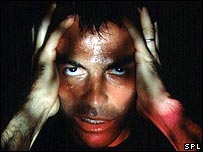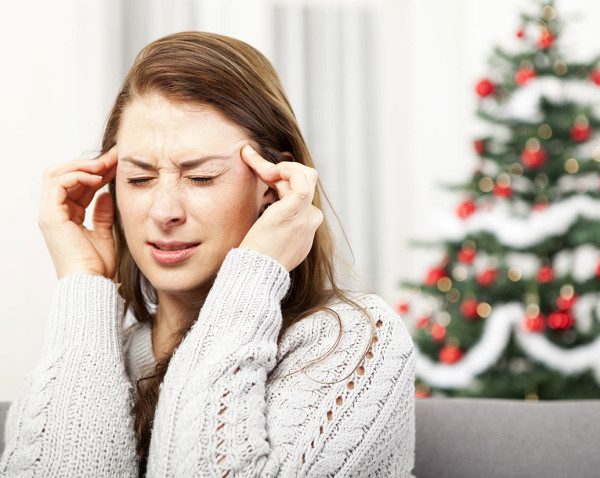An opioid is a medication that is prescribed to relieve pain. For instance, many people take this type of medication after a surgical procedure. By reducing the pain signals that reach the brain, the person taking the opioid will not experience as much discomfort.
There are many types of medications included in this category, including but not limited to hydrocodone, oxycodone, codeine, and morphine.
Hydrocodone products, such as Vicodin, are most commonly prescribed to people dealing with extreme pain. Morphine is just as common, and is often times prescribed in a medical setting, such as a hospital, after a surgical procedure.
There are many benefits of taking an opioid, which is why so many medical professionals prescribe the medication to patients. At the same time, these drugs can be extremely addictive.
Some people first begin to take an opioid to treat pain after a surgical procedure. However, they soon find that they are addicted to the drug. Others were never prescribed the medication, but began using it illegally.
It doesn’t matter where an addiction stems from. What matters is this: you need to understand the seriousness of opioid abuse. Furthermore, you could become familiar with the treatment options.
Dependence and Addiction
It doesn’t matter who you are, the more often you take opioids the better chance there is that you will develop a physical dependence. Over time, this can grow into an addiction in which you do whatever it takes to use the drug, despite the fact that you are aware of the potential side effects.
The National Institute on Drug Abuse covers the topic of opioid dependence and addiction, noting the following:
“Someone who is physically dependent on a medication will experience withdrawal symptoms when use of the drug is abruptly reduced or stopped. These symptoms can be mild or severe (depending on the drug) and can usually be managed medically or avoided by using a slow drug taper.”
Some people can put opioid use in the past without too much trouble. This is particularly true among those who were not using the medication for an extended period of time. Conversely, there are people who have much more difficulty doing so. They are faced with a variety of withdrawal symptoms, all of which can be painful and uncomfortable.
If you or a loved one is in this position, it is important to understand the opioid detox protocol. This will give you a clear idea of what to expect.
The Details of Opioid Detoxification
In the simplest form, opioid detoxification does not sound overwhelming. This is nothing more than your body going through a period of adjustment, as it no longer has access to the drug you have become addicted to.
Unfortunately, there is nothing simple about opioid detoxification. This can cause a person a lot of pain and discomfort, often times lasting several weeks or longer.
Note: the time it takes to move past detoxification depends on many factors, such as how long you were physically dependent on the drug.

Symptoms of opiate withdrawal include anxiety and depression.
The first step in the opioid detox protocol is to understand the potential symptoms. Knowing what you may face can make it easier to deal with anything that comes your way. Some of the early symptoms of withdrawal include:
- Anxiety
- Agitation
- Muscle aches
- Insomnia
- Sweating
As you continue forward with the process, more serious withdrawal symptoms may set in. These can include:
- Nausea
- Vomiting
- Diarrhea
- Abdominal cramping
While there can be a lot of pain and discomfort associated with opioid withdrawal, it is important to note that this is not life threatening.
When will it Start?
For most, it will not take long for the symptoms of withdrawal to set in. Generally speaking, you will begin to feel the above effects within 12 to 36 hours of your last drug use.
Symptoms may dissipate after a few days, but there are times when they linger for several weeks or longer.
Treatment During Detox
Another part of the opioid detox protocol is treatment. This consists of medication and supportive care, both with the goal of helping you overcome this part of the process as quickly and pain-free as possible.
Clonidine is commonly prescribed to people going through detox, as it reduces muscle aches, agitation, and anxiety.
Buprenorphine has also grown in popularity, as it has been shown to shorten the length of detoxification.
There are people who attempt to overcome an opioid addiction on their own. There are also those who seek professional treatment the moment they realize it is necessary.
The primary benefit of professional treatment is access to a knowledgeable medical team. Furthermore, you may be prescribed medication that lessens the impact of side effects and symptoms.
It is not difficult to understand the opioid detox protocol. That being said, it can be challenging for anybody with an addiction to put opioid use in the past once and for all.









